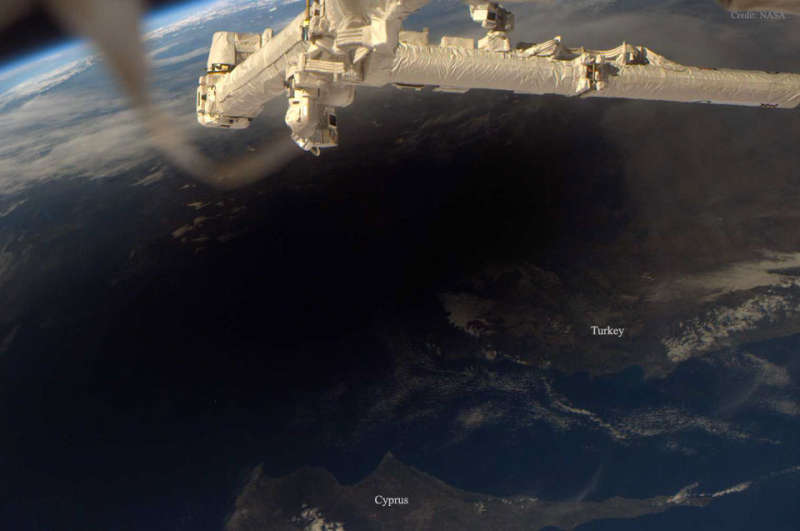
|
Credit & Copyright: Expedition 12 Crew,
NASA
Explanation:
What does the Earth look like during a total solar eclipse?
It appears dark in the region where people see the eclipse,
because
that's where the shadow of the Moon falls.
The shadow spot actually shoots across the Earth at nearly
2,000 kilometers per hour, darkening locations in its path for only a few minutes
before moving on.
The featured image shows the Earth during the total solar
eclipse of 2006
March,
as seen from the
International Space Station.
On Friday the Moon will move in front of the Sun
once again, casting another distorted circular shadow that, this time, will
zip over part of the north
Atlantic Ocean.
|
January February March April May June July August September October November December |
| |||||||||||||||||||||||||||||||||||||||||||||||||||||||
NASA Web Site Statements, Warnings, and Disclaimers
NASA Official: Jay Norris. Specific rights apply.
A service of: LHEA at NASA / GSFC
& Michigan Tech. U.
Based on Astronomy Picture
Of the Day
Publications with keywords: total solar eclipse
Publications with words: total solar eclipse
See also:
